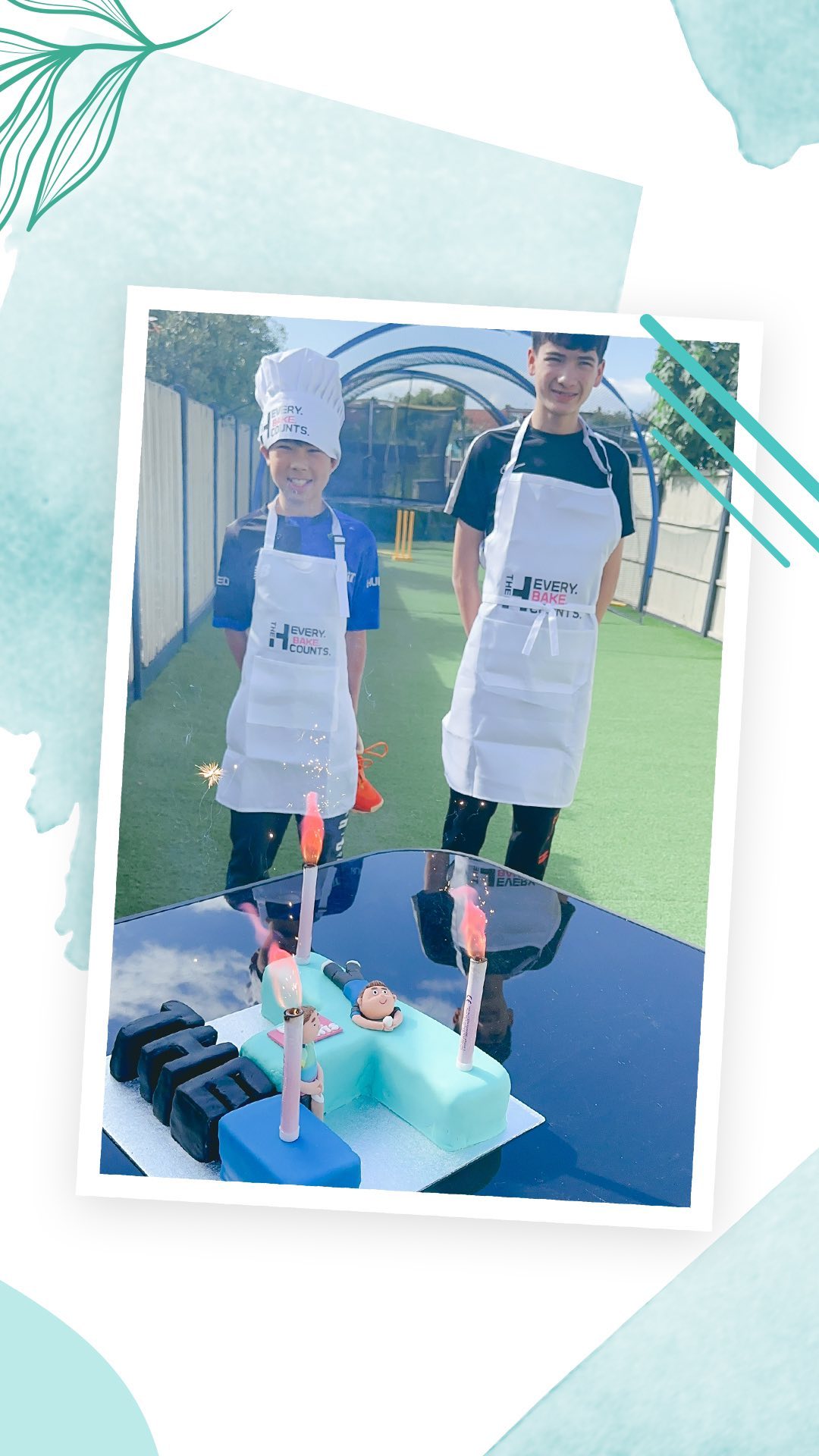A useful guide on how to take care of a wound and prevent infection
Whether you’ve cut yourself while working on a carpentry project, burned your hand while cooking, or gotten hurt in any other way – having a wound always hurts, and it can be scary as well. Knowing what to do in order to ensure that it will heal as fast as possible and with no complications is key, but it can sometimes be hard to come up with things on the spot when you’re dealing with what happened. Because of that, it’s important to know the proper steps you need to take in advance in order to take care of the wound properly and prevent infection.

1. The items you’ll need
There are some basic items that you always need to have on hand for situations like this. Some of the most important wound care products include a wound cleanser, a topical antibiotic, stretched gauze, a film dressing (preferably a self-adhesive one), and medical tape. Some other items include a cool compress, bandages, gloves, and peroxide. It’s important that you keep all of these items in sterile conditions so that you can avoid introducing any contaminants into the wound. Ideally, you’ll have a first-aid kit containing these items with you at all times. It’s a good idea to have multiple ones, in fact, one you keep in your home and the other one to keep in your car so that you always have everything you could potentially need with you. Apart from that, it’s important that the kits always stay in their designated places so that you can easily find them even if you’re panicking a bit.
2. Cleaning the wound
The first thing you need to do is clean the wound. Wash your hands with antibacterial soap and water. Next, use a little bit of lukewarm water or saline solution to gently rinse off the area around it. However, make sure that you do it in a way that doesn’t let any water reach your wound – you don’t want anything unsanitary to drip into it. You may want to use cotton balls to gently remove any debris from the surrounding area in order to avoid any contaminants entering the wound. Next, you should use an antiseptic cleanser on the wound. Some of them may foam up as they come in contact with the wound – that’s because they’re reacting with the elements you’re cleaning the wound from. Rinse the wound with the cleaner two to three times, and then press clean gauze on it to dry it off as much as possible.
3. Applying topical antibiotic
After your wound is clean, you want to apply a topical antibiotic to it. You can use a powder or an antibiotic cream in order to help the skin heal and regenerate by protecting it from infections. Of course, always make sure the topical antibiotic you have is safe to use in this situation. Some are meant to be used on open wounds, while others work best with burns. You’ll need to follow the instructions on how to use it in order not to cause yourself harm, so make sure you read them carefully. If you happen to touch anything but the sterile products you’re using, put everything down, and wash your hands again. Remember to always dry them thoroughly because you don’t want to introduce any additional moisture.
4. Dressing the wound
The next step is stretching the gauze you have available over the wound, and then taping it down so that it stays in place. You don’t want any of the dressings to move around too much because they can cause additional pain or discomfort while also allowing the wound to get exposed. It should be tight enough so that it’s applying pressure to the wound, but not so much that you feel like you’ve cut off circulation to the injured body part. After that, use the bandage to wrap it up – this will serve to protect the gauze from any bacteria, dirt, or other contaminants that might pose problems if they get in contact with the wound. From there, use the tape to fix the bandage in place. If the bleeding doesn’t seem to be slowing down, call an ambulance or ask a friend to drive you to the hospital.
5. Going to the Doctor
No matter how big or small your wound is, you should always go to the doctor to have them take a look at it. Depending on how you got the wound, you might need to take some shots – if you’ve cut it on something metal, a tetanus shot is an absolute must. Apart from that, even if the wound doesn’t seem to be too wide, it might just be deep enough to need stitching in order to heal in a timely manner. You want a doctor to take a proper look in order to make sure that you’ve taken care of everything you needed in the best way possible, and not missed anything. They will also explain to you how often you should redress the wound, as well as which medications you should use in order to make sure the healing process goes without a hitch.

You should always act fast when you get hurt – that way, you’ll be able to go through the steps described before you deal with any issues like infection, delayed treatment, or scarring. By following the advice given in this article, it should be easy to take care of your wound properly, without making any unnecessary mistakes.
![[AD] We went to the newly opened Cha Sha Kingston a couple of weeks ago, and wow — taste bud adventure unlocked! The boys devoured the masala fries and chicken tikka rolls, while we couldn’t get enough of that epic kebab butter curry 😍🍛.
It’s amazing value for food this tasty (and everyone left happy and VERY full!).
Delicious food, vibrant vibes and incredible value — the perfect combo for your next meal.
📍Cha Sha Kingston
43 Surbiton Road, KT1 2HG
🌐 chasha.co.uk
Other Cha Sha locations in Birmingham, Ilford, Southampton and Wembkey
#ChaSha #ChaShaKingston #KingstonEats #FoodieFinds #UKFoodie #FoodReview #KingstonUponThames #FamilyEats #FamilyDining #FoodieKids](https://suburban-mum.com/wp-content/uploads/2016/02/574770541_18560351146016840_6855048070839528040_n-180x320.jpg)

![[AD] We’re a cricket-mad family, so we’re buzzing that @thehundred is back this August! 🏏🔥
To get ready, M tried out the official FREE Activity Pack — and it’s brilliant! 🙌
Packed with fun games, creative challenges and sporty tasks, it’s perfect for getting kids hyped whether you’re at home or on the go.
👉Download yours now (link in bio)
@londonspirit @ovalinvincibles #EveryMomentCounts #TheHundred
#EnglandCricket #CricketFamily #TheHundredCricket #LondonBloggers #Cricket #CricketIsLife #kidsfun](https://suburban-mum.com/wp-content/uploads/2022/11/505472555_18531279601016840_7092520074819907569_n-180x320.jpg)



![[AD - Press visit]
We enjoyed the glorious sunshine this weekend with a trip to Brighton. We went on the @brightoni360official which is right by the sea front.
The i360 pod take a slow journey up, allowing you to take in views across Brighton and the South Downs 450ft above ground. There’s a bar inside with drinks and snacks available to purchase and the experience lasts 25 minutes.
Afterwards, we headed to the open air roller rink for a roller skating session!
The roller rink is:
⭐ Suitable for over 5s
⭐ £6.50 if you have your own skates or £9.50 if you need to hire them
⭐ 45 minutes per session
Full details to visit the i360 + skating
📍 Brighton i360, Lower Kings Road, Brighton BN1 2LN
🚗 Parking nearby (we parked in the Regency Square Car park)
🎟️ Prices start from £25.40 for an adult and £16.90 for a child
🕐 Opening hours are currently Sun-Fri 10.30am-18.30pm and until 19.30pm on Saturdays
☕️ Bar inside the i360, cafe and gift shop
Book tickets here:
https://tickets.brightoni360.co.uk/tickets/?_ga=2.195305772.1869001490.1689671753-1757164059.1689671753/#events?eventid=157](https://suburban-mum.com/wp-content/uploads/2015/04/417980235_313576471048632_3682382982231216432_n.jpg)

![[AD] ***Summer of fun at Barracudas Activity Camps!****
There is plenty for kids to do at @barracudas_activity_day_camps
From Tennis, Archery, Swimming, Motor Sports and more you can be sure that there will be something for kids aged 4.5-14. ⚽🏈🥅🎾🏓🏎️🏹🏊♂️🏉
You can book on a day by day basis - so it can fit in with any other days out/activities you have planned and there are early drop off and late pickup options available. Barracudas are also Ofsted registered so you can use your Childcare Vouchers too.
⭐⭐⭐Get £20 off a week or £4 off a day using my discount code: MARIA20⭐⭐⭐
#BarracudasActivityDayCamp #BarracudasActivityCamp #BarracudaAmbassadors #SummerHolidays #SchoolHolidays #Summer2023 #SummerCamp #DayCare #Camp #KidsCamp #surreymummy #surreymums #SummerOfFun #ActivityCamps #HolidayCamps #Childcare #SchoolHolidays #schoolholidaycamps](https://suburban-mum.com/wp-content/uploads/2024/07/353583570_625625966167953_545896259645102575_n.jpg)



![[AD] We have some super exciting news...we have been chosen to be Laser Quest Ambassadors, and the boys are over the moon!
We are really lucky that our local Laser Quest (@laserquestkingston) is just around the corner from us. It means we can pop in of a weekend or anytime during the school holidays, and with summer just around the corner, I know Laser Quest will be one of our go-to places for some family fun.
As well as games of Laser Quest, there are also VR experiences and arcade amusements too. To find out a bit more about how Laser Quest works, you can read my blog post: https://www.suburban-mum.com/laser-quest-kingston/ (clickable link in bio)
Don't forget to keep an eye out for our Laser Quest posts - I'm going to be giving away two family passes to use at Laserquest Kingston!
If you can't wait and want to head down to Laser Quest to try it out, use the code SUMMER30 for 30% off your booking. The code is valid from now until the end of August 2023 and can be used on Laser Quest games and birthday party bookings.
#LaserquestAmbassador #Laserquest #LaserquestKingston #ActivitiesForKids #FamilyFun #DaysOutWithKids #Lasertag #LaserquestVR #Kingston #ThingsToDoInKingston #SurreyFamilyDaysOut #ThingsToDoWithKids #RainyDayFun #SurreyMummy #SurreyLife #LifeWithKids #LifeWithBoys #familyfunday](https://suburban-mum.com/wp-content/uploads/2015/04/353230107_797358078406942_2405522556733455165_n.jpg)

![[AD] The sun has finally made an appearance and the boys have been making the most of it by spending it
in the garden.
They’re go-to is always football and they’ve been trying to improve their aim and accuracy with the new Messi Foldable Footlball goal from the #MessiTrainingSystem range.
I love the fact the goal is foldable, making it easy to store away when not in use. It is also lightweight so you can effortlessly pack it up and take it to the park or to a friend’s house.
The Messi Foldable Football Goal retails at £36 and can be purchased from @argos
You can read my full review here: https://www.suburban-mum.com/messi-foldable-football-goal/
#TrainLikeMessi #FoldableFootballGoal #FootballSkills #OutdoorFun #LionelMessi #LeoMessi #FootballAtHome #OutdoorKids #JustGetOutside #OutdoorsAndFree #ScreenFreeKids #WhateverTheWeatherKids @flair_gp](https://suburban-mum.com/wp-content/uploads/2015/04/341194882_615024710178056_41977149395989448_n.jpg)

![[AD] We are absolutely thrilled to announce that we are Barracuda Ambassadors again this year.
With Easter just around the corner, the boys were sent the @barracudas_activity_day_camps new camp kit in preparation for the school holidays.
There’s a wide range of activities for kids aged 4.5 - 14 including Tennis, Archery, Basketball, Arts & Crafts and more.
If you like the sound of Barracudas, find out more over on their website. You can also save £20 a week or £4 a day, using my discount code: MARIA20](https://suburban-mum.com/wp-content/uploads/2024/07/336812306_765234558514317_685553691647241974_n.jpg)


![[AD - Gifted]
Last weekend we were invited to try out @tsarettaspice’s new Bottomless Brunch menu and I can tell you it was thumbs up all round!
There’s a good choice tapas on offer from Punjabi fish fingers, Indo Chinese Chicken to Spiced Lamb Scotch Eggs and Manchurian Cauliflower (which was amazing!)
If you’re local to Twickenham and fancy giving them a try here’s are the details.
Tsaretta Spice Bottomless Brunch
⭐️£37.50 per head for bottomless Prosecco or cocktail of the day
⭐️£55 per head for bottomless Champagne
⭐️ Food included: 4 tapas selections and dessert or 2 tapas selections, a pav or naanwich and dessert
⭐️ Non-alcohol brunch is also available
Tsaretta Spice
55 Church Street
Twickenham
TW1 3NR
You can also read our full review over on the blog (link in bio)](https://suburban-mum.com/wp-content/uploads/2024/07/334565436_5960402314015030_663031098700829518_n.jpg)



